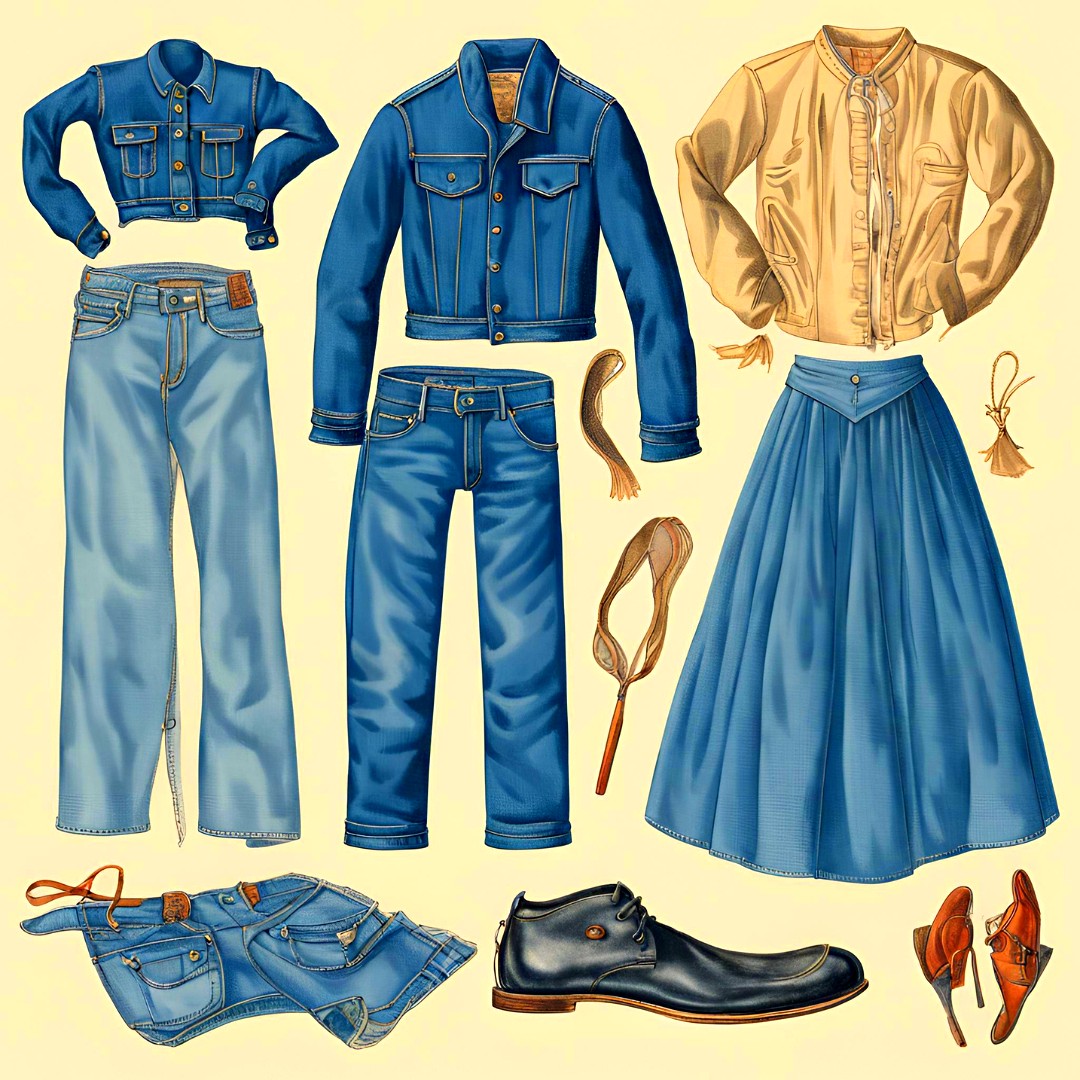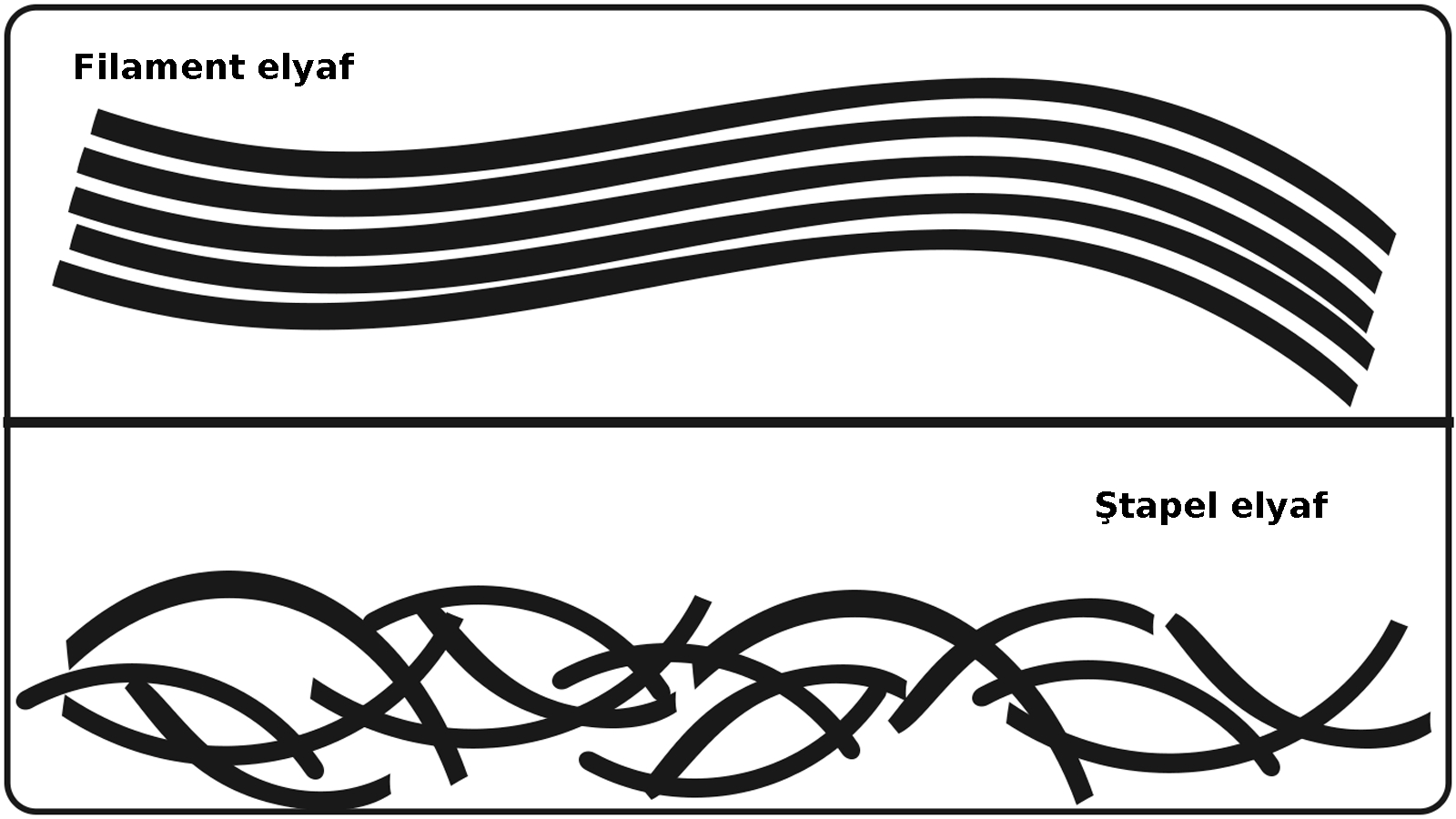Rotary Screen Printing
20:37
0 comments
Screen printing is by far the most common technology today. Two types exist: rotary screen printing and flat (bed) screen printing. A blade (squeegee) squeezes the printing paste through openings in the screen onto the fabric.
Due to the production and pattern limitations of flat bed screen printing, inventive machinery manufacturers developed rotary screen printing in 1963. Imagine taking a flat screen and shaping it into a roll by sealing the ends together and you have a rotary screen. This simple modification converts the semi-continuous process of flatbed printing to a continuous one. The basic operations of rotary screen and flat screen printing machines are very similar. Both use the same type of infeed device, glue trough, rotating blanket or print table, dryer, and fixation equipment.
The first step in rotary screen printing is feeding the fabric onto a rubber blanket. The fabric then travels under the rotary screens one screen for every color in the design. The screens rotate as the fabric passes underneath. Print paste is continuously fed to the interior of the screen through a color bar or pipe. As the screen rotates, the squeegee device pushes print paste through the design areas of the screen onto the fabric. By converting the screen printing process from semi-continuous to continuous, higher production speeds are obtained. Typical speeds are from 30–60 yards per minute or 27-54 meters per minute. Some patterns, depending upon design complexity and fabric construction, can be printed at even higher speeds. Rotary screen machines are more compact than flat screen machines, therefore they use less plant floor space. The size of the design repeat is dependent upon the circumference of the rotary screen. This was initially seen as a disadvantage because the first rotary screens were small in diameter. Today’s screens are available in a wide range of sizes. Modern rotary screen machines are highly productive. They have few design limitations and can be used for both continuous and discontinuous patterns. It is estimated that approximately 65 % of the worldwide printed fabric market utilizes the rotary screen technique. The principal disadvantage of rotary screen printing is the high cost of the equipment. Rotary screen printing is generally not profitable for printing small orders because of the time required to change screens and perform the necessary cleaning operations. There are several common print defects associated with screen printing. These include machine stops, out of registration where the pattern is out of fit, glue streaks from the rubber blanket, color smear, color out from the lack of print paste, creased fabric, seam marks, lint on the fabric causing pick off, and lint of the screen causing stick in. Machine stops count for as much as 40 % of all defects. Remember with print designs, print application must be correct the first time because printing defects cannot be repaired. There have been many new and exciting improvements in screen printing in recent years, especially in the case of rotary screen machines. The use of microprocessor control systems has allowed for printing that is more accurate with reduced print defects and increased productivity. New techniques for recovery and reuse of unused print paste have reduced dye and chemical costs as well as the pollution load on wastewater treatment systems. Overall, these improvements have produced machines capable of better quality printing at higher productivity levels with fewer defects and reduced environmental impact. This having been said, it is still the fabric and the handling of the fabric in the printing process that accounts for many of the listed defects.
-
Ayakkabılarda doğru numara seçimi sağlık ve kullanım ömrü açısından önem arz eder. Kesirli Ayakkabı Numaraları Ne Anlama Geliyor? 🤔 Bazı a...
-
İş sağlığı ve güvenliği için bazı işletmelerde pr ayakkabı kullanımı gereklidir. Ayakkabılarda rastladığımız "PR" terimi, İngiliz...
-
Mavi polycotton nevresim takımı. Polycotton , polyester ile pamuğu (cotton) karıştırarak elde edilen, her iki elyafın en iyi performans ...
-
Yeşil renk ve tonları, sarı ile mavi ışığın birleşmesi sonucu oluşur ve fotosentetik pigmentler nedeniyle bitki yapraklarında yaygın olarak ...
-
Rahat bir kullanım için ayağın genişliği ve uzunluğuna uygun ayakkabıyı seçmek son derece önemlidir. Ayakkabı Genişlik Terimleri: E, F, FX,...
-
Lif kısaltmaları tekstilde elbise üretiminin her aşamasında kullanılır. Tekstil, Kumaş, Lif ve Elyaf Kısaltmaları : Tekstil endüstrisi, lif...
-
Kumaşın ön yüzünün ve arka yüzünün gösterimi. Kumaş yüzü (Alm. Stoffvorderseite, Fr. front de tissue, İng. fabric face; face of fab...
-
Çizme ve botlarda; konç genişliği, ağız genişliği, topuk boyu, tarak genişliği ve taban iç uzunluğu. Konç, bot, çizme, ayakkabı , çorap vb...
-
İngilizce renkler. İngilizcede renk kelimesi Amerikan İngilizcesinde "color", İngilizce İngilizcesinde "colour" olarak ...
-
Aksa akrilik fabrikası dünyanın en büyük akrilik üretim tesisidir. Türkiye'nin en büyük sanayi kuruluşları arasına 38 tekstil fi...
-
Türk tekstil ve hazır giyim sektörü: yerli markaların yükselişi. Türkiye'nin lokomotif sektörlerinden biri olan tekstil ve hazır giyim...
-
Akrilik elyaf, iyi yalıtım özelliğine sahip olmasıyla öne çıkan sentetik bir lif türüdür. Akrilik Elyaf: Tanım ve Özellikler Akrilik, ( Alm....
-
Kumaş numunesi. 1) Yapılarına göre (nasıl yapıldıysa o ismi alır) a) Dokunmamış kumaşlar - Nonwoven , keçeler, kağıt telalar, elyaf, vi...
-
Ünlü Türk modacı ve tasarımcılarının kreasyonları artık dünya moda başkentlerinde sergileniyor. Türkiye'de tekstil ve moda sektörünü...
-
Farklı renk ve türdeki kumaş çeşitleri. Kumaş, ipliklerin, çeşitli yöntemlerle bir araya getirilerek oluşturduğu kaplayıcı yüzeylerd...
-
Türk ayakkabı markaları, yerli ham maddeyi mükemmel işçilik ve estetik tasarımlarla birleştiriyor. Türk malı ayakkabı ürünler, kalitesi ve e...
-
Dünyanın en meşhur modacıları. Dünyaca ünlü modacılar Her sezon önce podyumları sonra da vitrinleri süsleyen özel koleksiyonların arkas...
-
Lif kısaltmaları tekstilde elbise üretiminin her aşamasında kullanılır. Tekstil, Kumaş, Lif ve Elyaf Kısaltmaları : Tekstil endüstrisi, lif...
-
Naylon olarak da bilinen polyamid kumaşlar sentetik kökenli bir kumaş türüdür. Polyamid ya da naylon (Alm. Polyamidfaser, Fr. fibre ...
-
Tekstil ürünlerinin etiketlerinde yıkama, kurutma ve ütüleme ile ilgili semboller bulunur. Tekstil Ürünleri için Tavsiye Edilen Yıkama Tali...




















































































































0 yorum:
Yorum Gönder
Merhaba, daha kaliteli bir site için yorumlarınızı bekliyoruz.